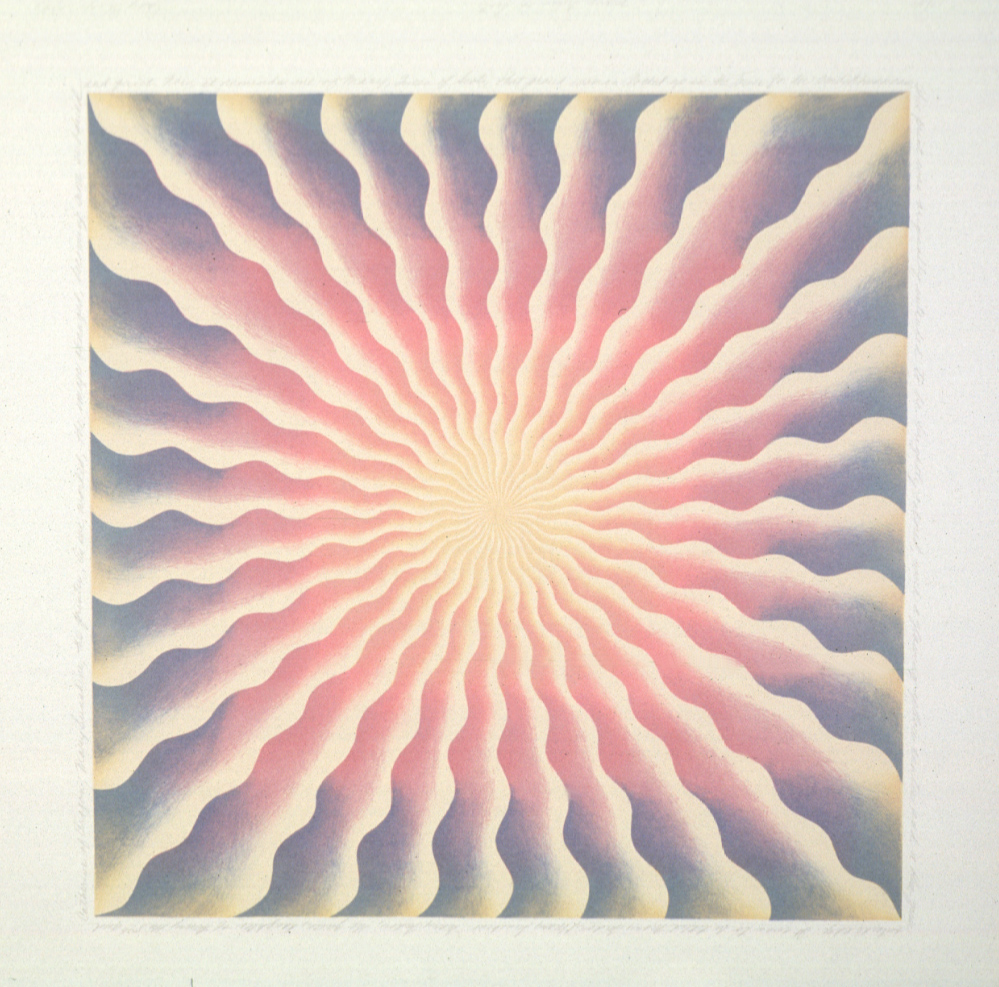Muse/News: Membership Musts, Kucera’s 40th, and Hendricks at the Frick
SAM News
Seattle Times readers just GET it (especially Cynthia Ryan). Sarah-Mae McCullough gathered their recommendations for what new arrivals to the city really need and waterproof gear and access to our cultural offerings got top mentions.
“Take this example from Cynthia Ryan. ‘When I moved here, my boss gave me a 1-year membership to the Seattle Art Museum and an enormous umbrella,’ Ryan said. ‘I gave the umbrella away early on but buy my own membership now. I think of it as a present to myself.’”
“Why Seattle Is One Of The Best Cities For A Fall Weekend Getaway”: Katie Chang for Forbes highlights the city’s offerings for local and visitors alike, including the Seattle Art Museum—with a special callout to American Art: The Stories We Carry—and the Seattle Asian Art Museum.
Local News
Crosscut’s Brangien Davis talks with Rafael Soldi about his new solo show at the Frye Art Museum. There’s an interview and a video.
Chase Hutchison of The Stranger on “Five Films You Need to See at Seattle Queer Film Festival.”
The Seattle Times’ Gemma Wilson on the new show at the Greg Kucera Gallery, which looks forward and back at their impressive roster of artists on the occasion of the gallery’s 40th anniversary.
“‘Something Old, Something New’ elucidates not only the evolution of an artist’s career over time, it highlights the connective tissue between artist, gallery and arts community.”
Inter/National News
Sarah Cascone for Artnet catches you up on the four artists who are among the 20 winners of this year’s MacArthur “genius” fellowships, each receiving an $800,000 grant.
Via Francesca Aton for Art in America: “Women’s History Is at the Forefront of Judy Chicago’s Retrospective at the New Museum in New York.”
Natasha Seaman for Hyperallergic on the Frick’s exhibition of 14 Barkley L. Hendricks portraits.
“While the exhibition’s premise is to explore Hendricks’s connection to the art history embodied in the museum’s regular collection, its effect is to change the way we view those same paintings.”
And Finally
Meet a “queen that’s thicker than a bowl of oatmeal.”
– Rachel Eggers, SAM Associate Director of Public Relations
Photo: Alborz Kamalizad.


